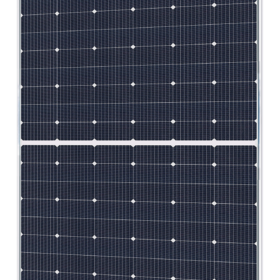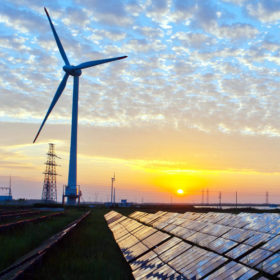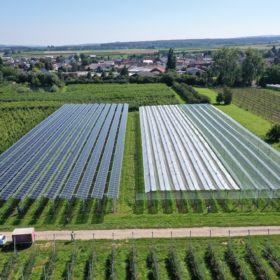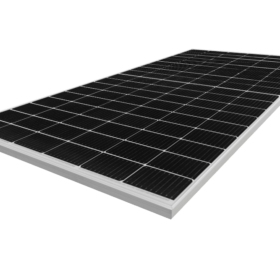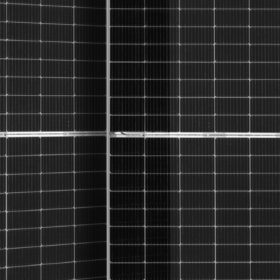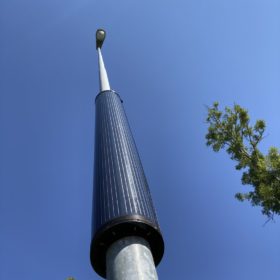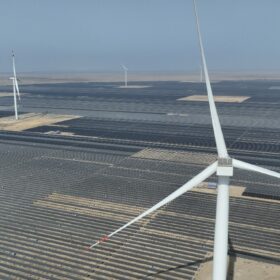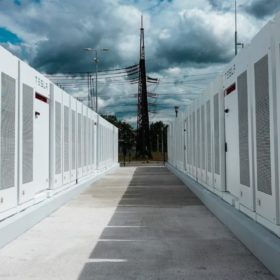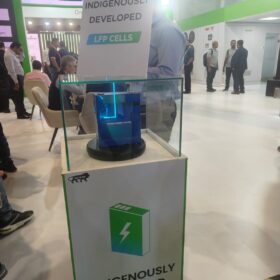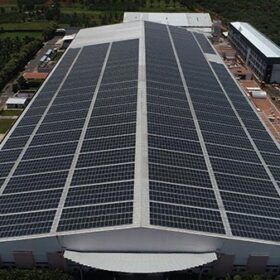Indian solar manufacturers go big on high-output modules
Adani Solar, Jakson, Premier Energies, Vikram Solar, Waaree and other Indian manufacturers are showcasing their high-output modules (from 500 W to 600+ W) at this year’s Renewable Energy India Expo 2021.
Goldi Solar plans 210mm module production from next year
The Indian solar manufacturer will start producing its HELOC̣ Pro series M10 (182mm) modules from November, and add G12 (210mm) panels to its lineup next year.
How long do rooftop residential solar panels last?
Multiple factors affect the productive lifespan of a residential solar panel. In the first part of this series, we look at the solar panels themselves.
Axitec unveil 540Wp mono PERC solar modules in India
The German solar brand shall start commercial production of 540Wp mono PERC modules through its India subsidiary starting next month. The modules are 20.9% efficient.
Proposed power market reforms could reduce renewable energy costs further
A new IEEFA note discusses the impact of the proposed market-based economic dispatch mechanism for procuring bulk power, and regulations for frequency control ancillary services.
Agrivoltaics to protect crops from heavy rainfall
BayWa r.e. and the Fraunhofer Institute for Solar Energy Systems ISE have built a 258 kW agrivoltaic system that hosts apple cultivation under four different crop protection systems. The system utilizes agrivoltaic technology with permanent, light-permeable PV modules that block rain, and tracking PV module tech that blocks rain only if necessary.
JA Solar, JinkoSolar, Longi reach consensus on 182mm module standardization
The three Chinese panel manufacturers found an agreement on the module size and the mounting hole spacing.
JinkoSolar’s n-type TOPCon cell achieves 24.58% efficiency via hydrogenation treatment
The Chinese manufacturer and the University of New South Wales (UNSW) have improved the average cell efficiency by 0.68% through a post-cell hydrogenation process. The cell’s average open-circuit voltage increased by 7 mV from 696 to 703 mV, and the average fill factor from 82.03% to 83.07%.
Cylindrical solar panel for street lighting
Developed by an Italian manufacturer, the panel is available in three versions with a power output of 100, 120, and 240 W and has a weight of 5 kg. It is encapsulated in thermoformable plastic technical polymers and can be connected in series with other modules around the same post.
Hydromet to set up lithium-ion battery recycling plant in Gujarat
The Gujarat-based extractive metallurgy technology solutions provider will set up a 1,000 tonnes per annum (TPA) lithium-ion battery recycling plant, primarily based on the hydrometallurgy process developed in-house. It plans two more such facilities, taking the overall capacity to 10,000 TPA.
